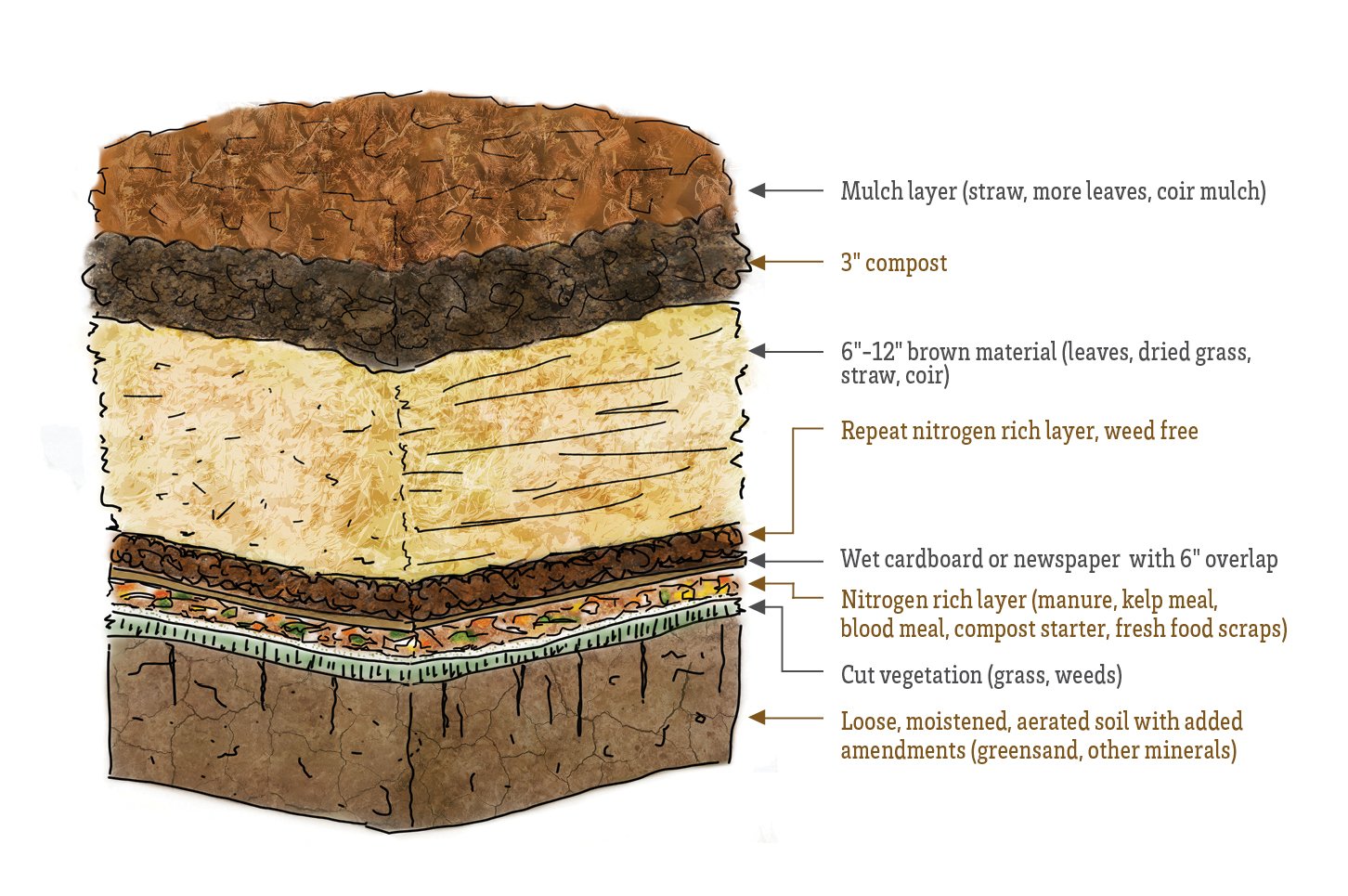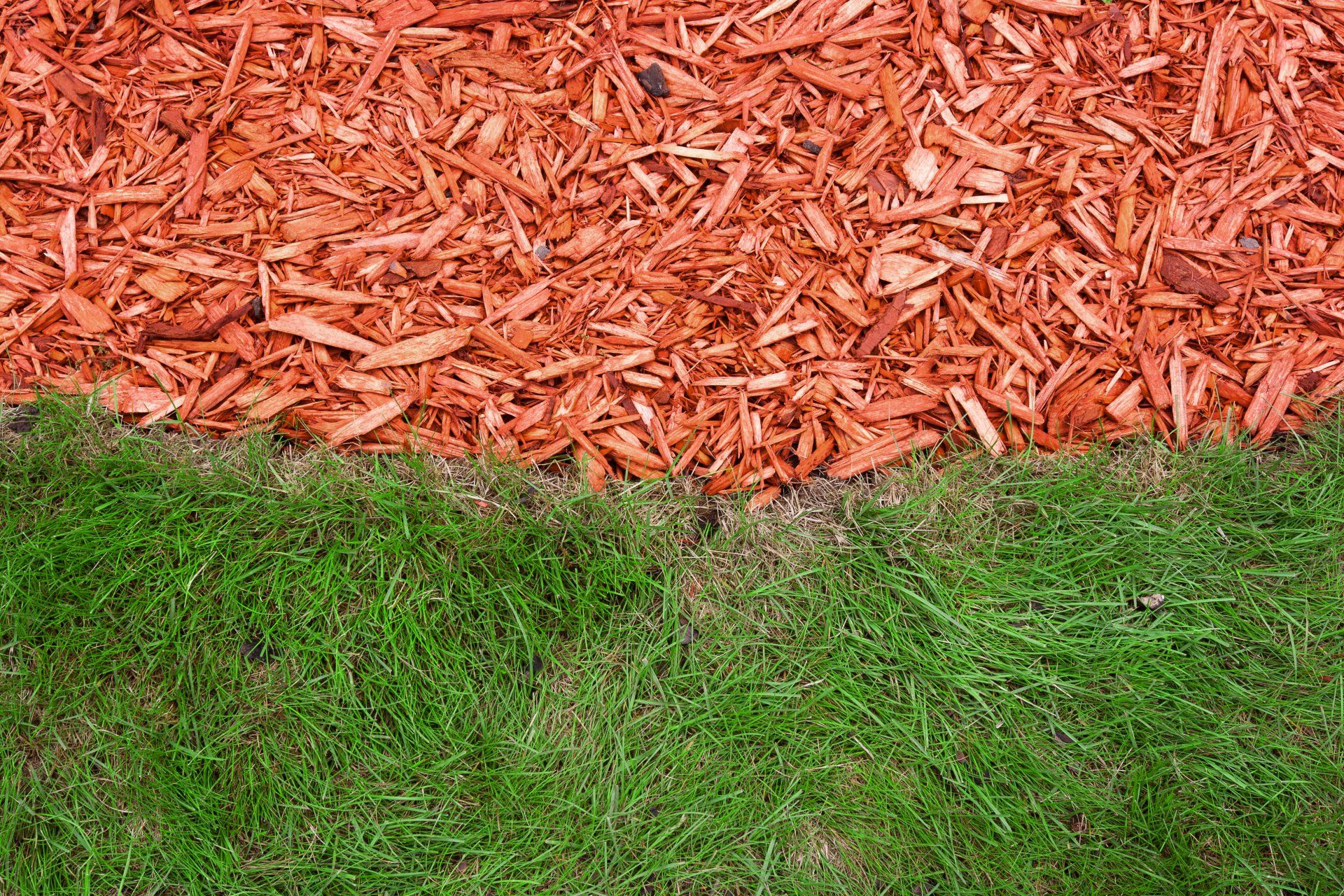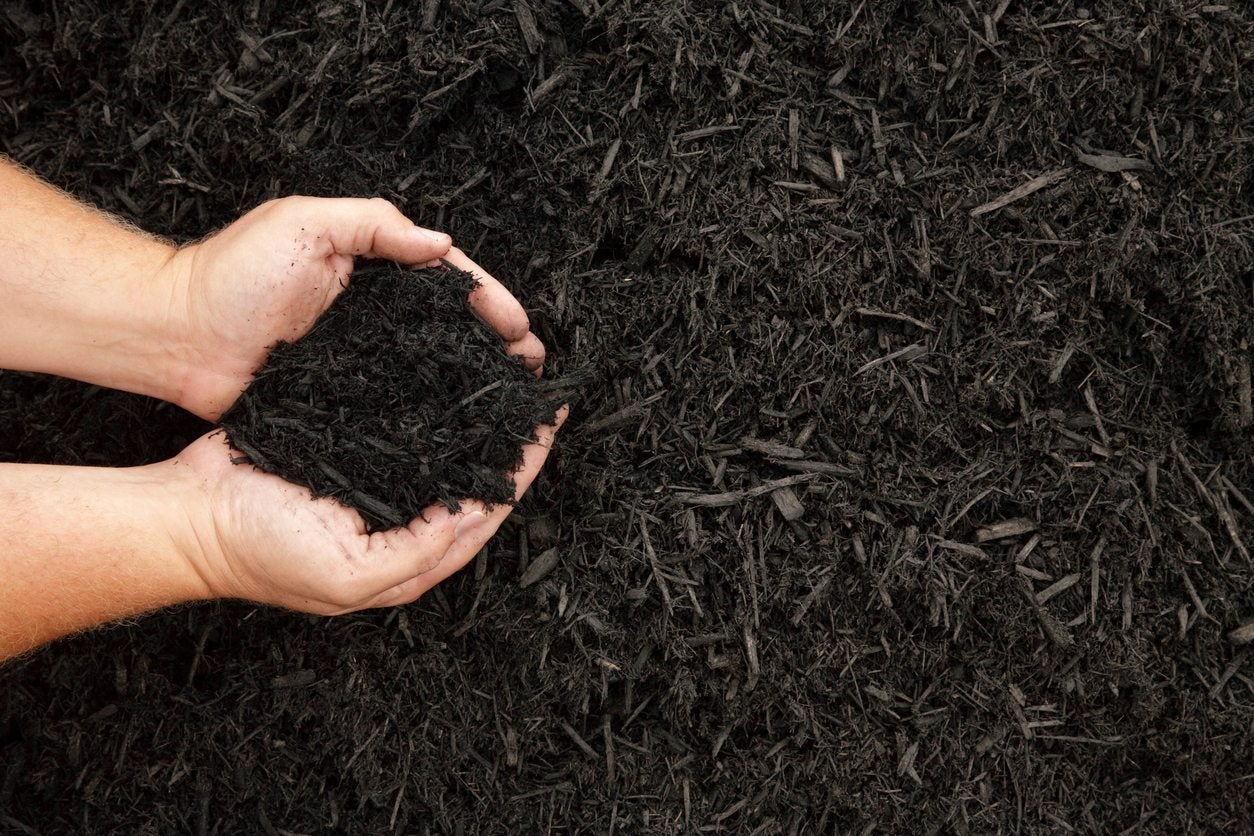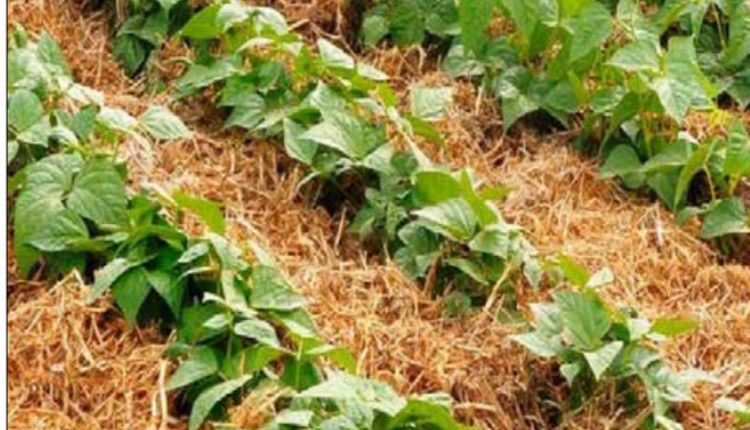The Benefits of Mulching: Why It’s a Game-Changer for Gardeners
Mulch is a vital component of any successful garden, offering a multitude of benefits that can elevate your outdoor space from mediocre to magnificent. But what is mulch for gardens, exactly? In essence, mulch is a layer of organic or inorganic material applied to the soil surface to retain moisture, suppress weeds, and regulate soil temperature. By incorporating mulch into your gardening routine, you can create a thriving ecosystem that fosters healthy plant growth, reduces maintenance, and enhances the overall aesthetic appeal of your garden.
One of the primary advantages of mulching is its ability to conserve water. By reducing soil evaporation and runoff, mulch helps to maintain optimal soil moisture levels, minimizing the need for frequent watering. This is especially beneficial in areas with low rainfall or during periods of drought. Additionally, mulch acts as a natural weed barrier, preventing unwanted growth and reducing the need for herbicides or manual weeding.
Mulch also plays a crucial role in regulating soil temperature, keeping it cooler in the summer and warmer in the winter. This helps to promote healthy root growth, improve soil structure, and increase the overall fertility of the soil. Furthermore, mulch provides a habitat for beneficial insects and microorganisms, which helps to maintain a balanced ecosystem and reduce the risk of pests and diseases.
With its numerous benefits and versatility, it’s no wonder that mulch has become an essential tool for gardeners of all levels. Whether you’re a seasoned horticulturist or a beginner, incorporating mulch into your gardening routine can have a significant impact on the health and productivity of your garden. So, what is mulch for gardens? It’s a simple yet effective way to create a thriving, sustainable, and beautiful outdoor space that will provide years of enjoyment and satisfaction.
What is Mulch, Anyway? Understanding the Different Types
When it comes to mulch, there are numerous options available, each with its own unique characteristics, advantages, and disadvantages. Understanding the different types of mulch can help gardeners make informed decisions about which one to use in their garden. So, what is mulch for gardens, exactly? In general, mulch can be categorized into two main types: organic and inorganic.
Organic mulch is derived from natural materials, such as wood chips, bark, leaves, and grass clippings. These materials are biodegradable, meaning they will eventually break down and become part of the soil. Organic mulch is an excellent choice for gardens, as it provides nutrients to the soil, improves soil structure, and supports beneficial microorganisms. Some popular types of organic mulch include:
- Wood chips: A popular choice for gardens, wood chips are readily available and can be made from a variety of tree species.
- Bark: Similar to wood chips, bark is a durable and attractive option for gardens.
- Leaves: Leaves are a free and abundant resource for mulch, and can be collected from your own yard or neighborhood.
- Grass clippings: Fresh grass clippings can be used as a mulch, but it’s essential to dry them out first to prevent mold and fungal growth.
Inorganic mulch, on the other hand, is made from non-biodegradable materials, such as plastic, rubber, and stone. While inorganic mulch can provide some benefits, such as weed suppression and soil temperature regulation, it can also have drawbacks, including the potential for environmental harm and lack of nutrient provision. Some examples of inorganic mulch include:
- Plastic sheeting: A common choice for large-scale gardening operations, plastic sheeting can be effective at suppressing weeds and retaining moisture.
- Rubber mulch: Made from recycled tires, rubber mulch is a durable and low-maintenance option for gardens.
- Stone: Decorative stone can be used as a mulch, providing a visually appealing and low-maintenance option for gardens.
When selecting a mulch for your garden, it’s essential to consider factors such as climate, soil type, and plant species. By choosing the right mulch for your specific needs, you can create a thriving and sustainable garden that benefits from the many advantages of mulching.
How to Choose the Right Mulch for Your Garden
With so many types of mulch available, selecting the right one for your garden can be a daunting task. However, by considering a few key factors, you can make an informed decision that will benefit your garden for years to come. When choosing a mulch, it’s essential to think about the specific needs of your garden, including climate, soil type, and plant species.
Climate is a critical factor to consider when selecting a mulch. In hot and dry climates, a mulch that retains moisture and regulates soil temperature is essential. Organic mulches like wood chips or bark are excellent choices for these conditions. In cooler and wetter climates, a mulch that improves soil drainage and aeration is more suitable. Inorganic mulches like gravel or stone can help to achieve this.
Soil type is another important consideration when choosing a mulch. If your soil is heavy clay or prone to waterlogging, a mulch that improves drainage and aeration is necessary. Organic mulches like straw or grass clippings can help to achieve this. If your soil is sandy or well-draining, a mulch that retains moisture and suppresses weeds is more suitable. Inorganic mulches like plastic sheeting or landscape fabric can help to achieve this.
Plant species is also a crucial factor to consider when selecting a mulch. Different plants have different requirements, and some may be sensitive to certain types of mulch. For example, acid-loving plants like azaleas and rhododendrons require a mulch that is acidic in nature, such as pine straw or peat moss. On the other hand, plants that prefer alkaline conditions, like succulents and cacti, require a mulch that is more alkaline, like limestone or dolomitic limestone.
Ultimately, the key to choosing the right mulch for your garden is to consider the specific needs of your plants and soil. By selecting a mulch that meets these needs, you can create a thriving and sustainable garden that benefits from the many advantages of mulching. Whether you’re looking to improve soil health, suppress weeds, or regulate soil temperature, there’s a mulch out there that’s right for you.
The Mulching Process: A Step-by-Step Guide
Now that you’ve chosen the right mulch for your garden, it’s time to apply it. The mulching process is a straightforward one, but it does require some preparation and attention to detail. Here’s a step-by-step guide to help you get started:
Step 1: Prepare the Soil
Before applying mulch, make sure the soil is clear of debris and weeds. Remove any weeds or debris, and till the soil to a depth of 8-10 inches. This will help to loosen the soil and improve drainage.
Step 2: Lay Down a Layer of Mulch
Once the soil is prepared, it’s time to lay down a layer of mulch. The recommended depth of mulch varies depending on the type of mulch and the climate. A general rule of thumb is to apply a 2-3 inch layer of mulch.
Step 3: Spread the Mulch Evenly
Use a rake or shovel to spread the mulch evenly around the garden. Make sure to cover all areas of the garden, including the soil and any plants.
Step 4: Water the Mulch
Once the mulch is in place, water it thoroughly to settle the material and provide enough moisture to support plant growth.
Step 5: Maintain the Mulch
Mulch requires regular maintenance to ensure it continues to provide benefits to the garden. This includes replenishing the mulch as needed, keeping it free of debris, and monitoring its moisture levels.
By following these steps, you can ensure a successful mulching process that will provide your garden with the benefits of mulch. Whether you’re looking to improve soil health, suppress weeds, or regulate soil temperature, mulch is an essential tool for any gardener.
Mulch and Soil Health: The Connection You Need to Know
Mulch plays a crucial role in maintaining soil health, which is essential for a thriving garden. By understanding the connection between mulch and soil health, gardeners can make informed decisions about how to use mulch to improve the overall health and fertility of their soil.
Soil structure is one of the key benefits of using mulch. Mulch helps to improve soil structure by adding organic matter, which increases the soil’s water-holding capacity and aeration. This, in turn, creates a more favorable environment for plant growth and development.
Mulch also helps to improve soil fertility by adding nutrients and microorganisms to the soil. As mulch breaks down, it releases nutrients that are absorbed by plants, reducing the need for synthetic fertilizers. Additionally, mulch provides a habitat for beneficial microorganisms, which help to break down organic matter and make nutrients available to plants.
Furthermore, mulch helps to maintain soil temperature, which is essential for optimal plant growth. Mulch acts as an insulator, keeping the soil cooler in the summer and warmer in the winter. This helps to promote healthy root growth and reduce stress on plants.
Finally, mulch helps to maintain ecosystem balance by providing a habitat for beneficial insects and microorganisms. By creating a diverse and thriving ecosystem, mulch helps to reduce the need for pesticides and other chemicals, creating a more sustainable and environmentally friendly gardening practice.
By understanding the connection between mulch and soil health, gardeners can harness the power of mulch to create a thriving and sustainable garden. Whether you’re looking to improve soil structure, fertility, or ecosystem balance, mulch is an essential tool for any gardener.
Common Mulching Mistakes to Avoid
While mulch can be a valuable addition to any garden, there are some common mistakes to avoid when using it. By being aware of these mistakes, gardeners can ensure that they get the most out of their mulch and avoid any potential problems.
One of the most common mistakes gardeners make when using mulch is over-mulching. Applying too much mulch can lead to a number of problems, including reduced soil oxygen, increased risk of disease, and decreased soil temperature. To avoid over-mulching, it’s essential to apply the right amount of mulch for your specific garden needs.
Another mistake gardeners make is using the wrong type of mulch for their garden. Different types of mulch are suited to different garden conditions, and using the wrong type can lead to problems such as poor soil health, reduced plant growth, and increased pest activity. To avoid this mistake, it’s essential to choose the right type of mulch for your specific garden needs.
Not maintaining the mulch is another common mistake gardeners make. Mulch needs to be replenished regularly to ensure that it continues to provide benefits to the garden. Failing to maintain the mulch can lead to problems such as reduced soil health, increased weed growth, and decreased plant growth.
Finally, not considering the pH level of the mulch is another mistake gardeners make. Some types of mulch, such as pine straw, can be acidic and may affect the pH level of the soil. To avoid this mistake, it’s essential to consider the pH level of the mulch and choose a type that is suitable for your specific garden needs.
By avoiding these common mistakes, gardeners can ensure that they get the most out of their mulch and create a thriving and sustainable garden. Whether you’re a seasoned gardener or just starting out, being aware of these mistakes can help you to create a beautiful and productive garden that will provide years of enjoyment.
Mulch and Pest Control: A Natural Solution
Mulch can be a valuable tool in pest control, providing a natural solution to common garden problems. By understanding how mulch can repel or attract beneficial insects and other garden pests, gardeners can create a balanced ecosystem that promotes healthy plant growth and reduces the need for pesticides.
Certain types of mulch, such as cedar and cypress, have natural oils that repel pests like slugs, snails, and insects. These oils can be released into the soil, creating a barrier that prevents pests from reaching the plants. Other types of mulch, like straw and grass clippings, can attract beneficial insects like ladybugs and lacewings, which prey on common garden pests.
Mulch can also help to reduce the spread of disease by preventing fungal spores and bacteria from splashing onto plants. This is especially important for plants that are prone to disease, like tomatoes and peppers. By using a thick layer of mulch, gardeners can create a physical barrier that prevents disease from spreading.
In addition to repelling pests and reducing disease, mulch can also help to create a balanced ecosystem by providing a habitat for beneficial insects and microorganisms. This can lead to a more diverse and resilient garden ecosystem, which is better equipped to handle pests and diseases.
Some popular mulch materials for pest control include:
- Cedar: Known for its natural oils that repel pests like slugs and snails.
- Cypress: Similar to cedar, cypress has natural oils that repel pests and can help to reduce disease.
- Straw: Attracts beneficial insects like ladybugs and lacewings, which prey on common garden pests.
- Grass clippings: Similar to straw, grass clippings can attract beneficial insects and help to create a balanced ecosystem.
By incorporating mulch into their pest control strategy, gardeners can create a more sustainable and environmentally friendly garden that promotes healthy plant growth and reduces the need for pesticides.
Mulching for a Sustainable Future
Mulching is not only beneficial for gardeners, but it also has a positive impact on the environment. By reducing waste, conserving water, and mitigating climate change impacts, mulching is a sustainable practice that can benefit the planet.
One of the most significant environmental benefits of mulching is the reduction of waste. Mulch can be made from a variety of organic materials, including leaves, grass clippings, and kitchen scraps. By using these materials as mulch, gardeners can reduce the amount of waste that ends up in landfills and conserve natural resources.
Mulching also helps to conserve water by reducing evaporation and runoff. Mulch acts as a barrier, preventing water from evaporating from the soil and reducing the need for frequent watering. This is especially important in areas where water is scarce, as it can help to reduce the demand on this precious resource.
In addition to reducing waste and conserving water, mulching can also help to mitigate climate change impacts. By reducing the need for synthetic fertilizers and pesticides, mulching can help to reduce greenhouse gas emissions and promote sustainable agriculture practices.
Some popular mulch materials for sustainable gardening include:
- Leaves: A readily available and nutrient-rich mulch material that can be used to improve soil health and reduce waste.
- Grass clippings: A nitrogen-rich mulch material that can be used to promote healthy plant growth and reduce the need for synthetic fertilizers.
- Kitchen scraps: A nutrient-rich mulch material that can be used to improve soil health and reduce waste.
By incorporating mulching into their gardening practice, gardeners can promote sustainable agriculture practices, reduce their environmental impact, and create a healthier and more resilient garden ecosystem.







:max_bytes(150000):strip_icc()/Grass-mulch-GettyImages-184592833-588105445f9b58bdb3a23595.jpg)
